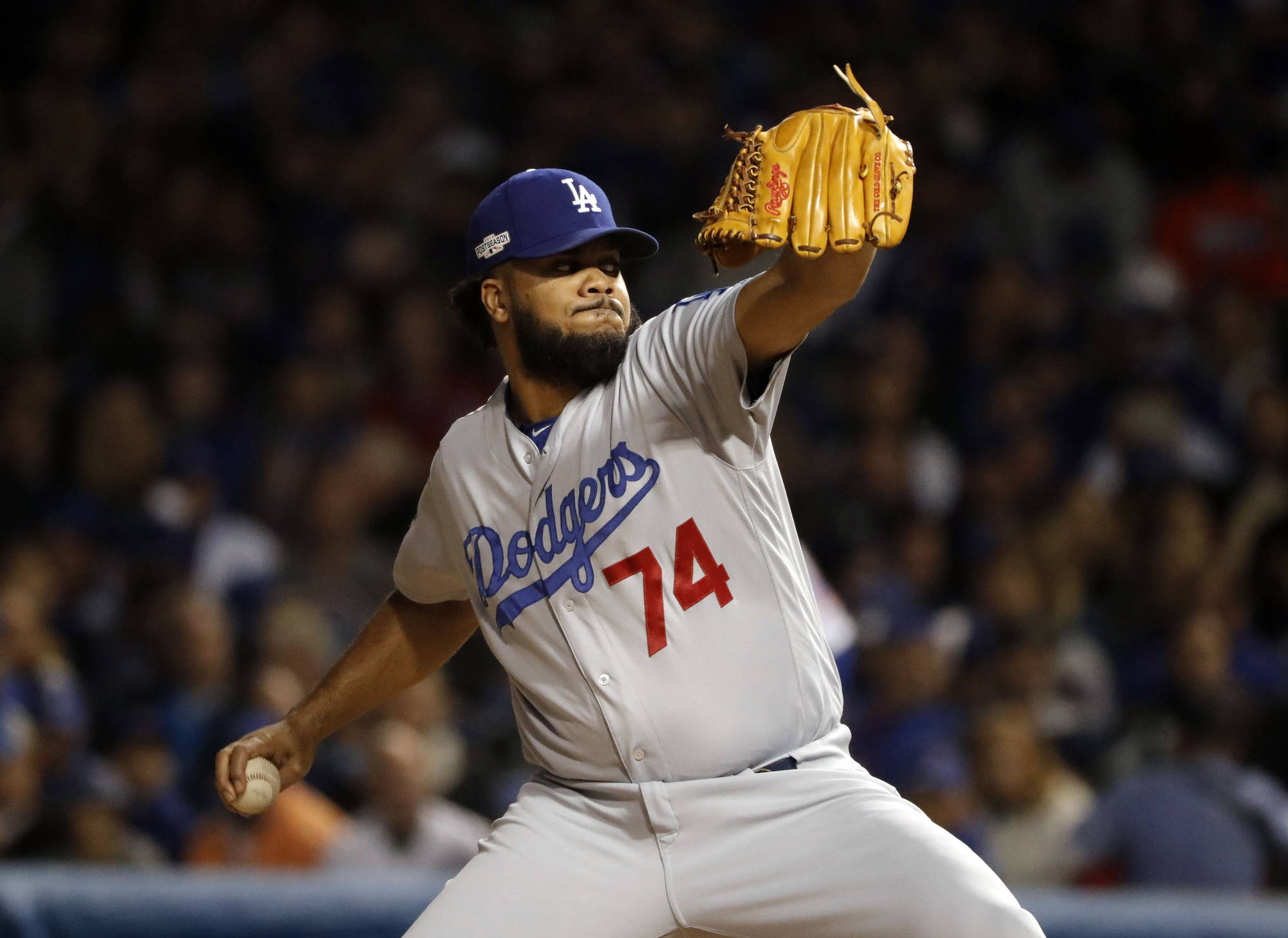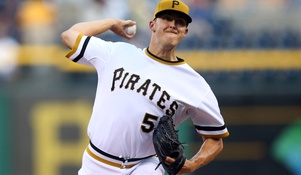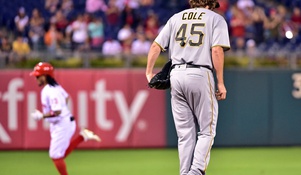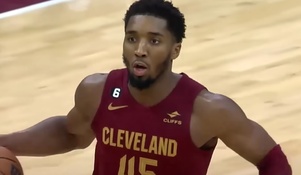How to Draft Closers in Fantasy Baseball for the 2017 Season
When drafting in all fantasy sports, the key is to take the best talent where you can get the best deal at each position, almost like going to an amusement park when you were a kid and planning out what you want to do. You want to go on all rides, but you and your parents make a plan so you can hit all the rides as best you can. You decide to do the water rides in the middle of the day when it’s the warmest, do the biggest attractions earlier in the day when the rides are less crowded, and save some time at the end of the day to go on your favorite ride one more time. This is hardly different from drafting in fantasy baseball, except in this you don’t have your tired parents weighing down your sugar-high self.
Closers in fantasy baseball are like the rides you go on when everything else has lines that are too long. But when it comes to drafting closers in fantasy baseball, investing in a good closer early on can make a big difference. In most standard points leagues, Kenley Jansen was the leading relief pitcher, and scored over two hundred points more than the fifteenth ranked relief pitcher Craig Kimbrel. There were also only six relief pitchers who had forty or more saves this season, so closers play an important role in all scoring formats.
Now the rankings are still messed up on ESPN for relief pitchers and there are still many closer situations around the league that won’t be sorted out until spring training, but there are still many important things to consider when drafting your relief pitchers. It’s important to know how your league’s scoring system works for closers, as it can make a big difference in when to draft the position. It’s also important to understand how the other members of your league value closers, and to track when closers start coming off the board, because you don’t want to be stuck without a good relief pitcher this year. Everyone has different plans of how to draft the relief pitcher position, but I’m going to explain the best way to take care of the position.
1. Draft a closer who will save forty games.

As I mentioned earlier, there were only six closers that earned forty or more saves last season, and that list includes Kenley Jansen, Zach Britton, Jeurys Familia, Mark Melancon, Francisco Rodriguez, and A.J. Ramos. Now I’m not saying these six will save forty games again this season, but Jansen, Britton, and Melancon are very safe bets when targeting a top tier closer. Another elite closer not listed here is the hard-throwing Aroldis Chapman, who missed the first month of the season and was traded to the Cubs, who blew opponents out so often that save opportunities weren’t always there for Chapman. With Chapman now back in New York and signed to a long contract, I actually like the hardballer’s situation better than I did all of last season.
Feeding off of Chapman’s situation with the Cubs last season, I always like to target teams that will be in a lot of close games rather than teams that will either blow out or get blown out often. Before Chapman came over to Chicago last season, everyone who drafted the previous closer Hector Rendon was complaining that the Cubs were scoring so many runs that Rendon wasn’t getting enough save opportunities. For this reason, I really like closers of the Giants (Melancon), Nationals (Kelley maybe?), Baltimore (Britton), St. Louis (Oh), Kansas City (Herrera?), New York Yankees (Chapman), and New York Mets (Familia/Reed). As I said before, there are still a lot of closer roles in the MLB that need to work themselves out in spring training, but sometimes the situation can matter more than the pitcher.
2. For your second relief pitcher, get someone in the middle of the mix that you can rely on.

In most leagues, I like to own three relief pitchers depending on the number of spots available in the starting roster, as most standard leagues allow two or three relievers to start. If you were able to grab an elite closer early like Jansen, Britton, Chapman, or Melancon, you don’t need to break the bank for your second option. A realistic option is to get a reliever you feel comfortable with, has a solid hold on the job, and is in line to get thirty to thirty-five saves. A couple of options that I really like are Tony Watson of Pittsburgh, Kelvin Herrera of Kansas City, A.J. Ramos of Miami, and David Robertson of Chicago. All of these relievers meet the guidelines I’m looking for with my second reliever, won’t break the bank in auction drafts, and won’t have me spending two high draft picks on relievers. If you can get a steady second reliever to compliment your elite closer, your save total should be in good shape for this season.
3. For a possible third reliever, just be patient in your draft and see who falls to you.
There’s still many closer situations that will not resolve themselves for weeks in baseball, so my best advice for your third closer is to be patient. Wait and see what relievers fall to you, and go with whoever is in the best situation per the guidelines I listed above. If nobody falls to you, don’t worry about it, as there will likely relief pitchers on waivers that will step into closer roles and will serve as fine RP3s. Of course there’s always one team in the league that has too many relievers, and when they realize what they’ve done, you can buy low on one of their relief pitchers. Either way, the key is be patient with your third reliever, because you will get a way better return at other spots in your roster at this point in drafts.






